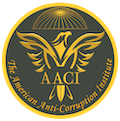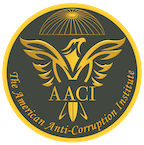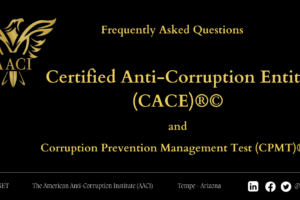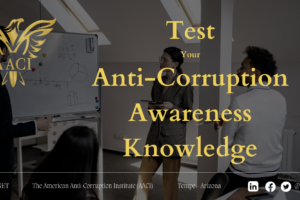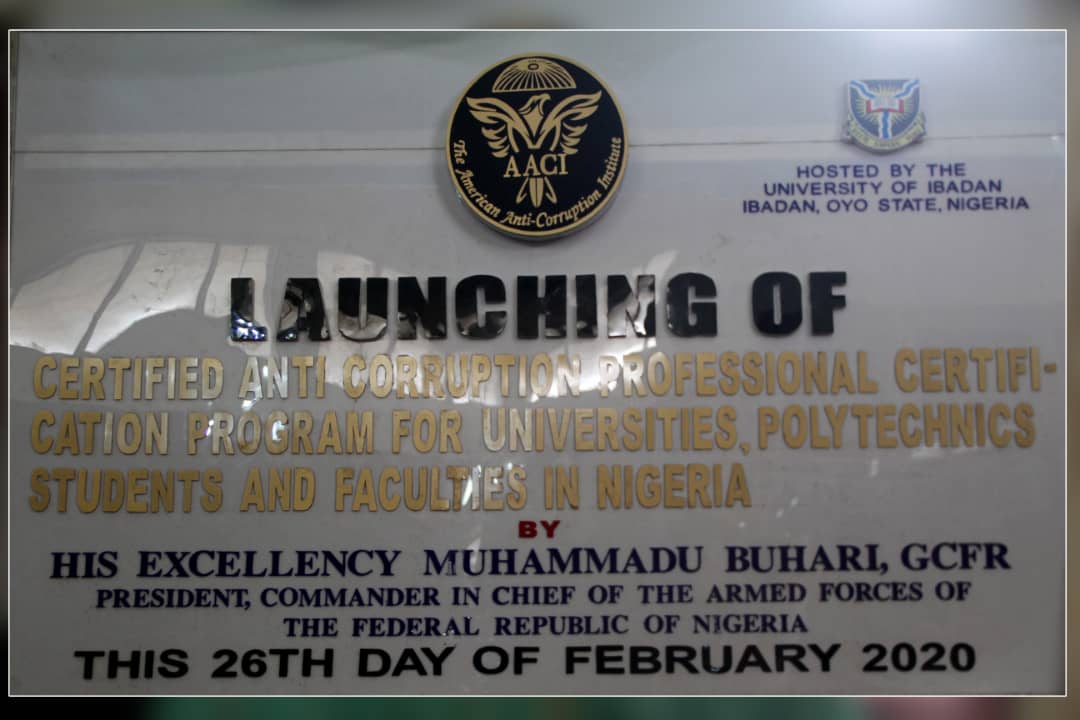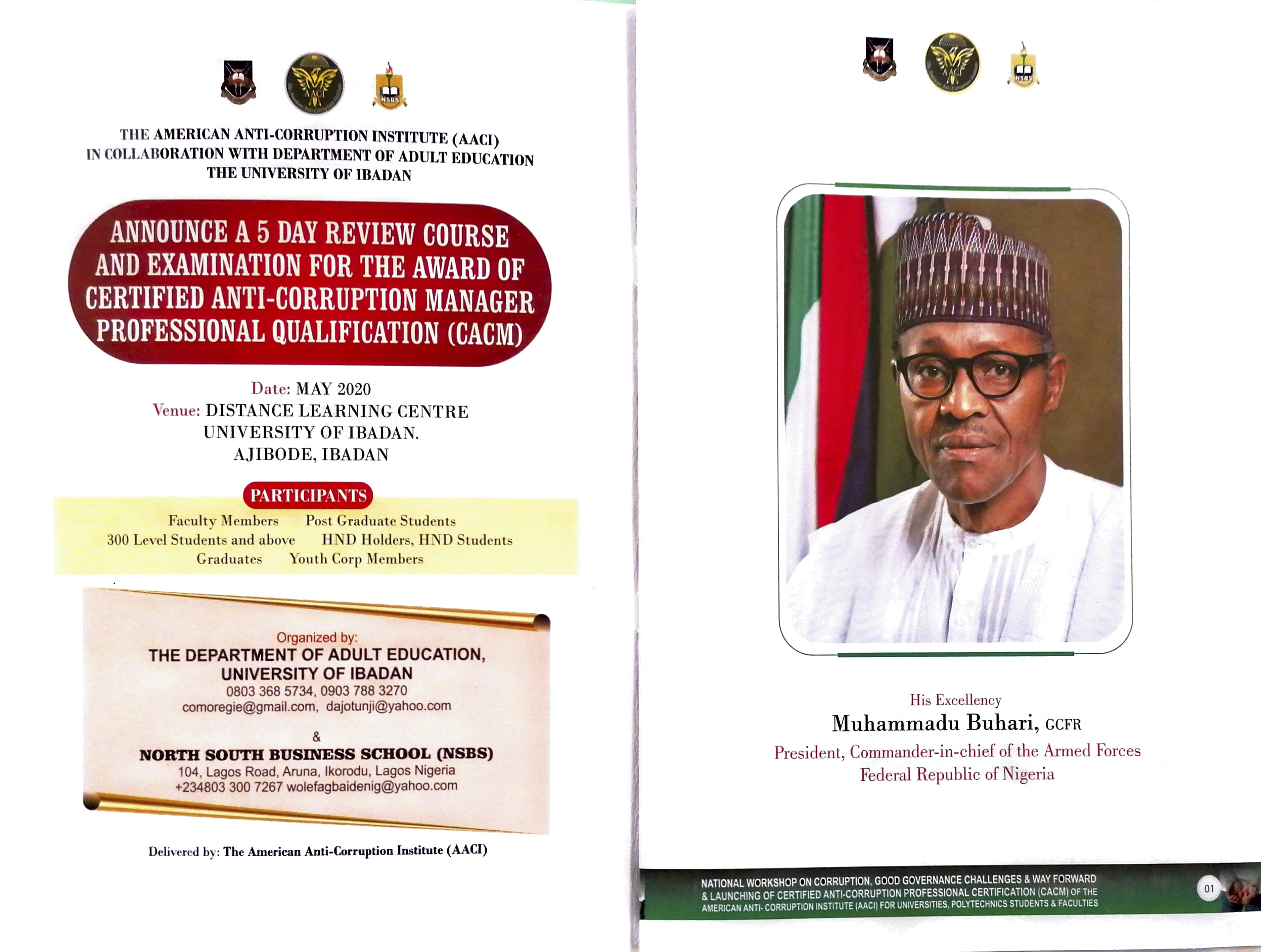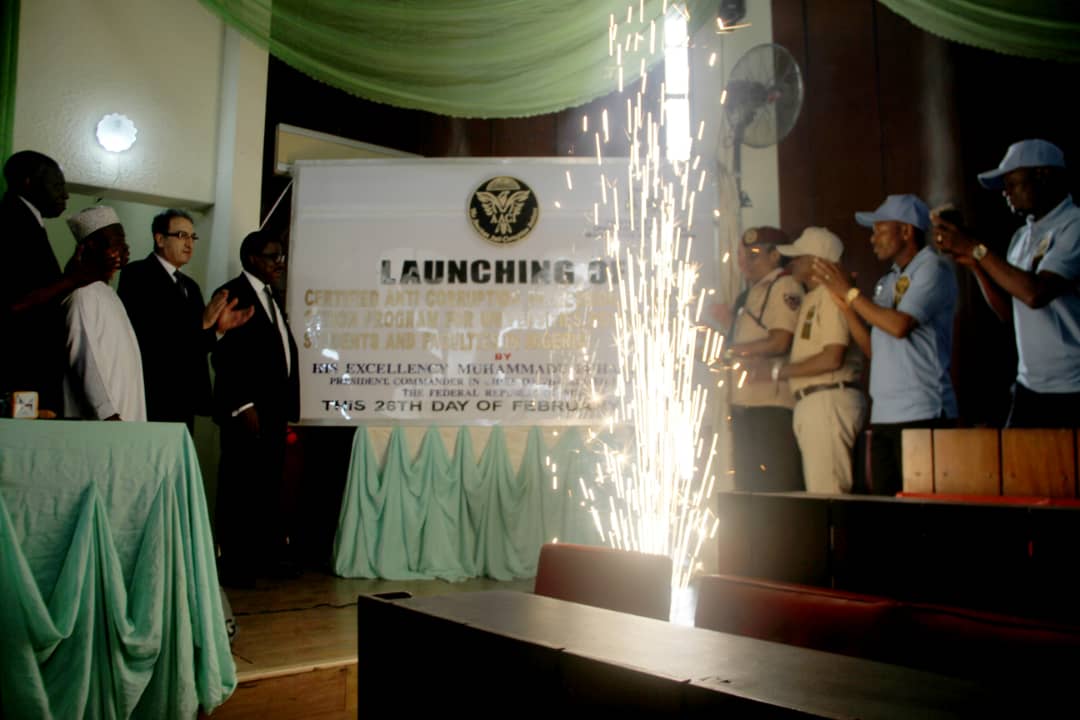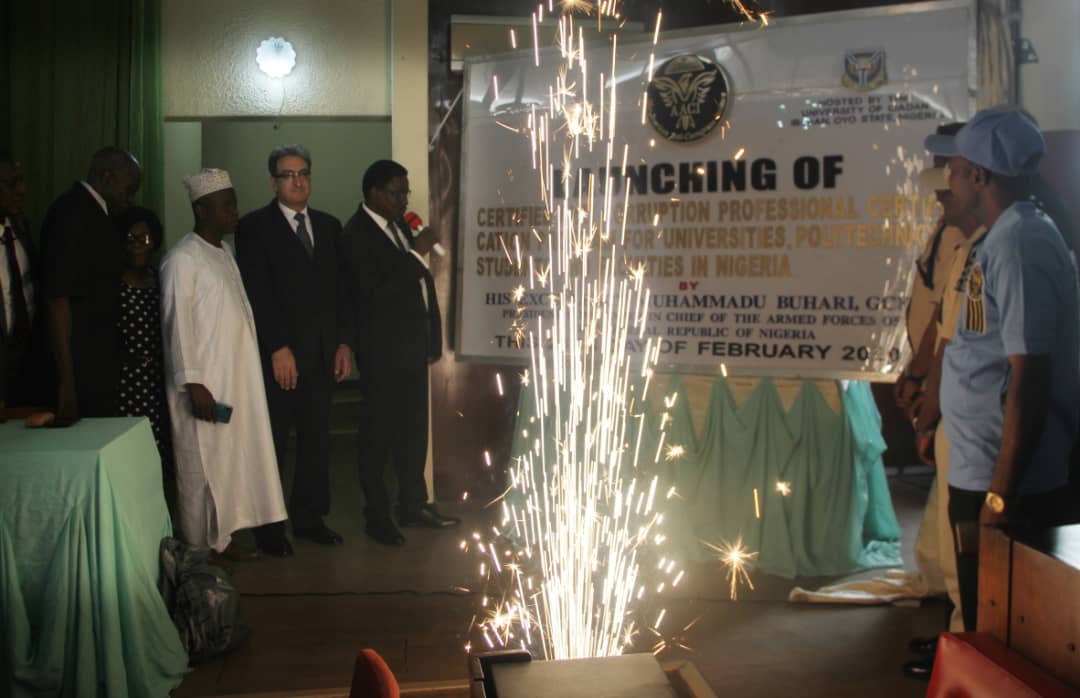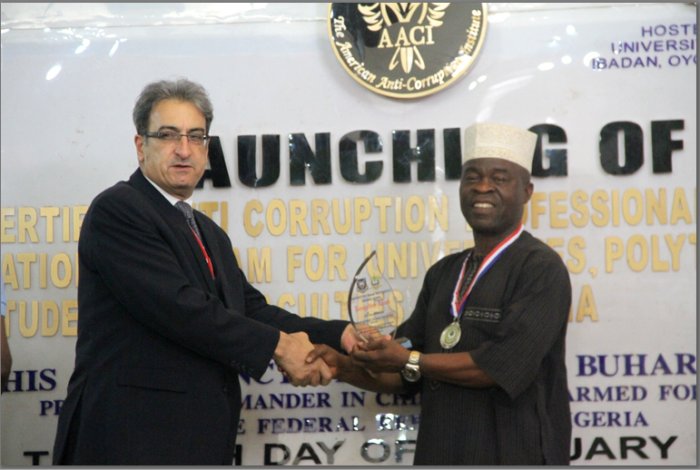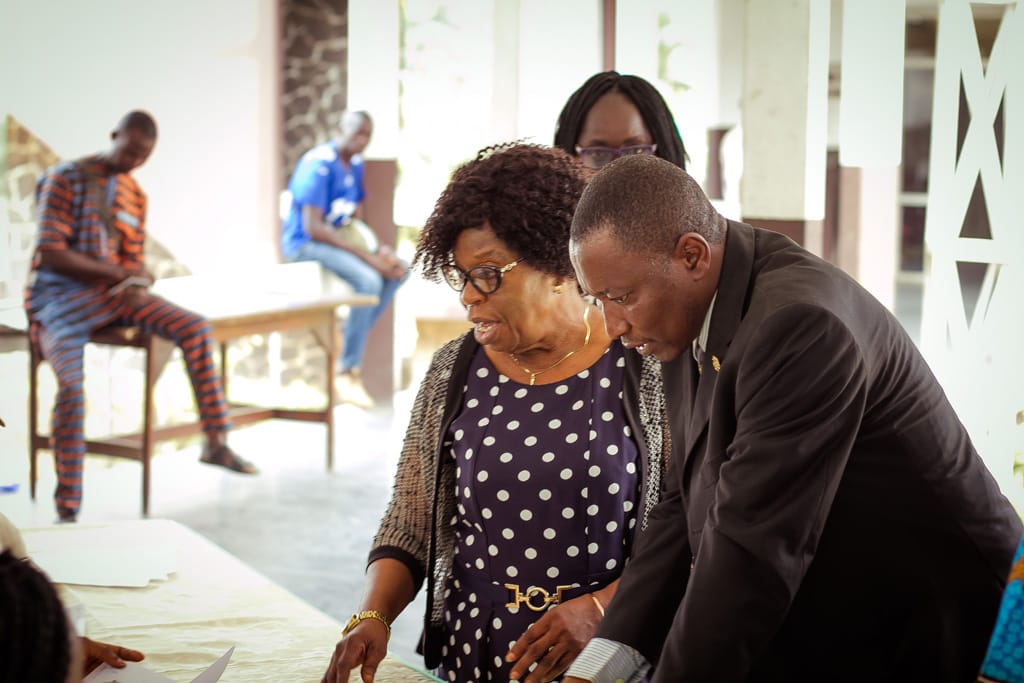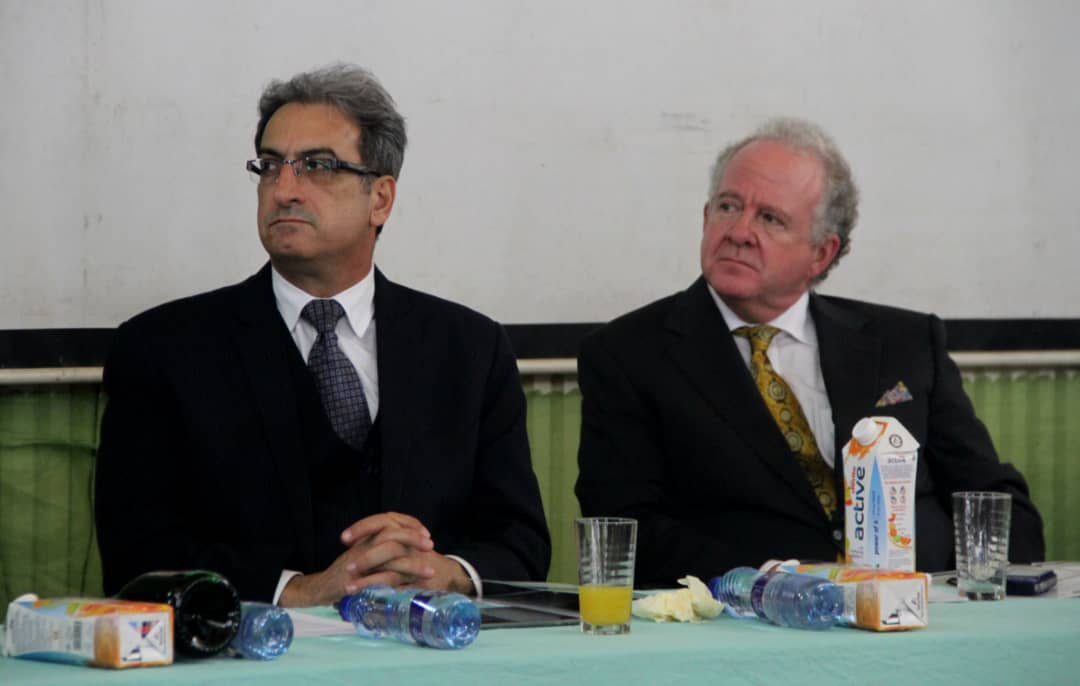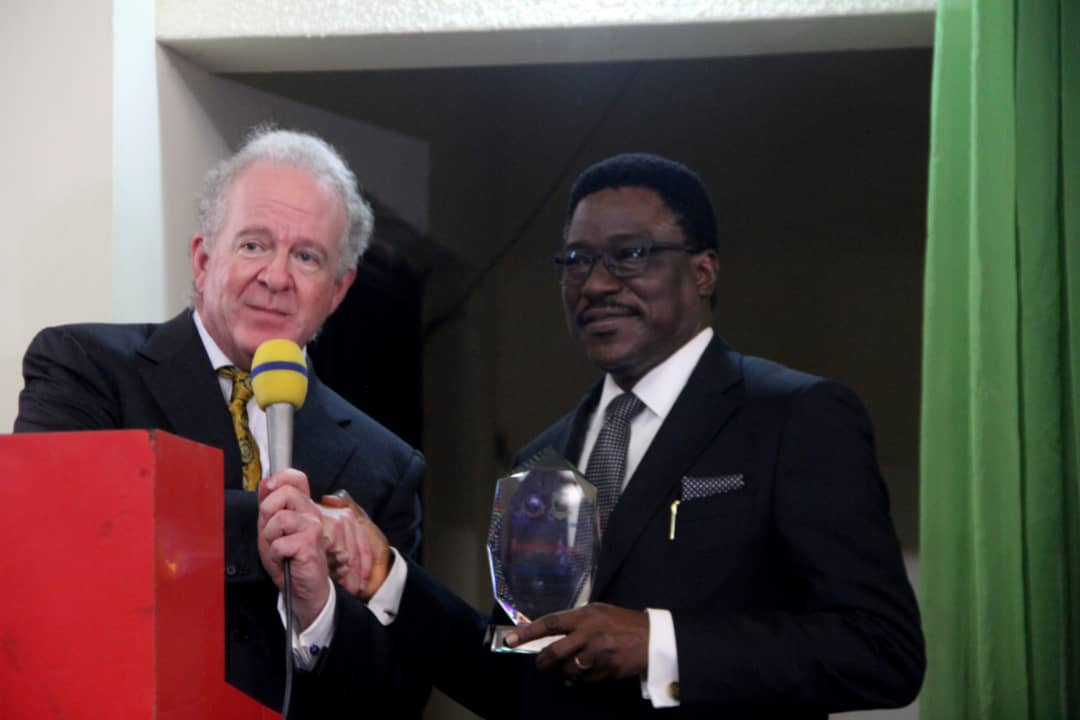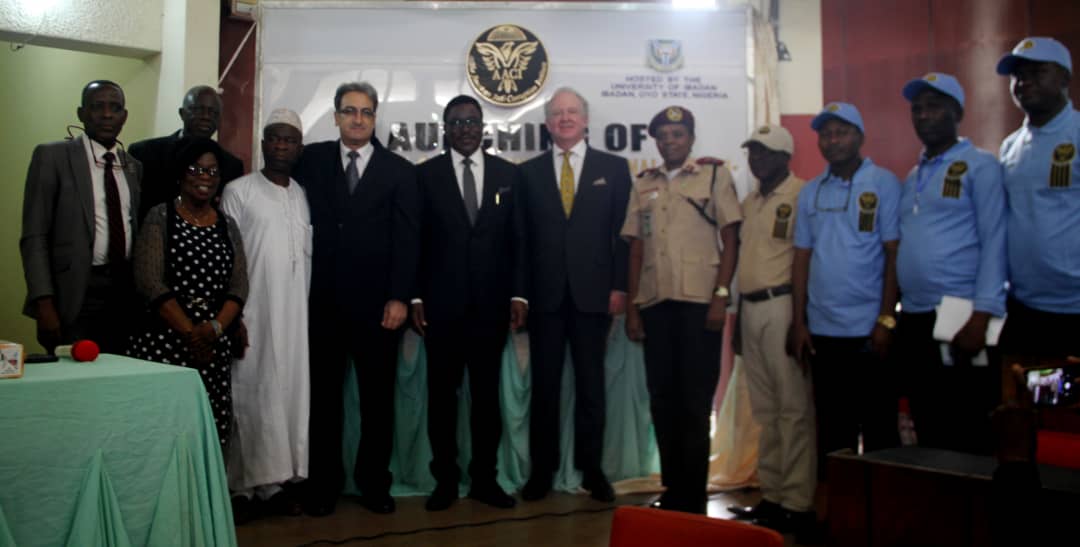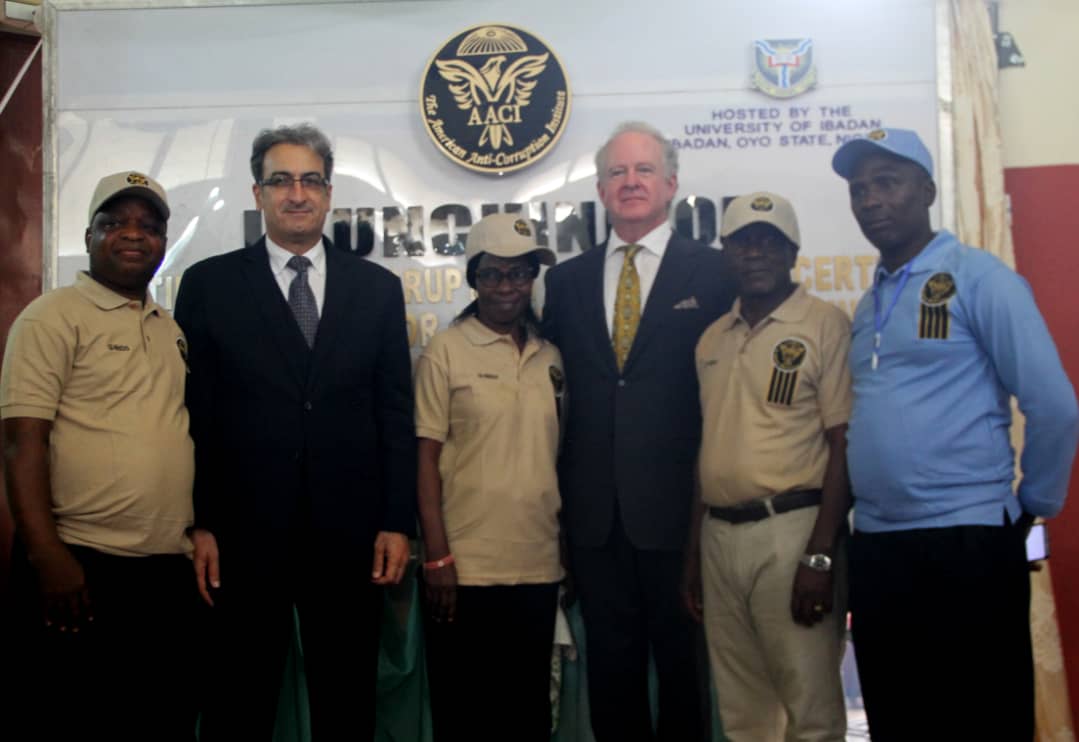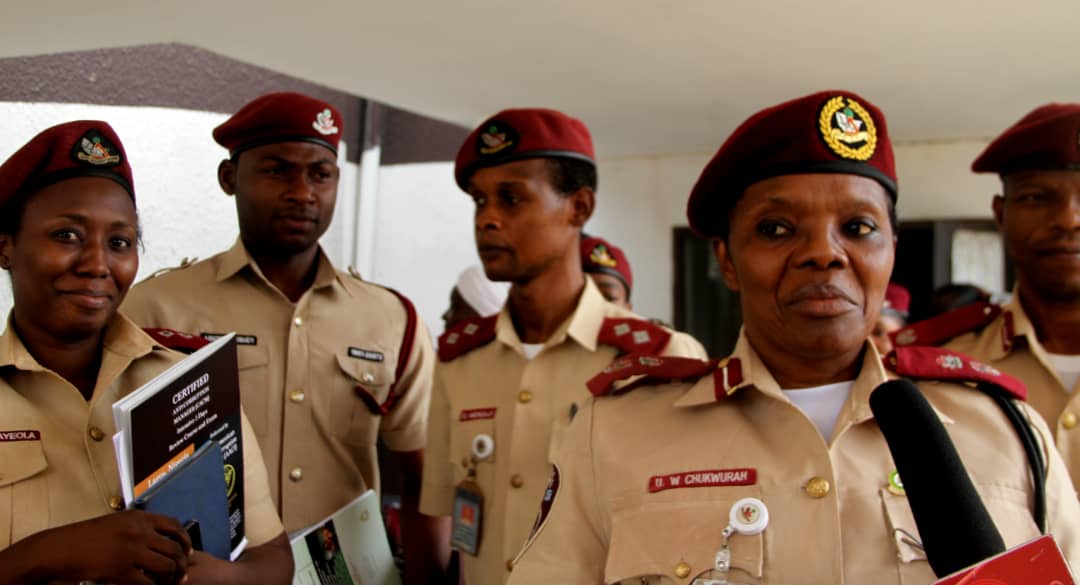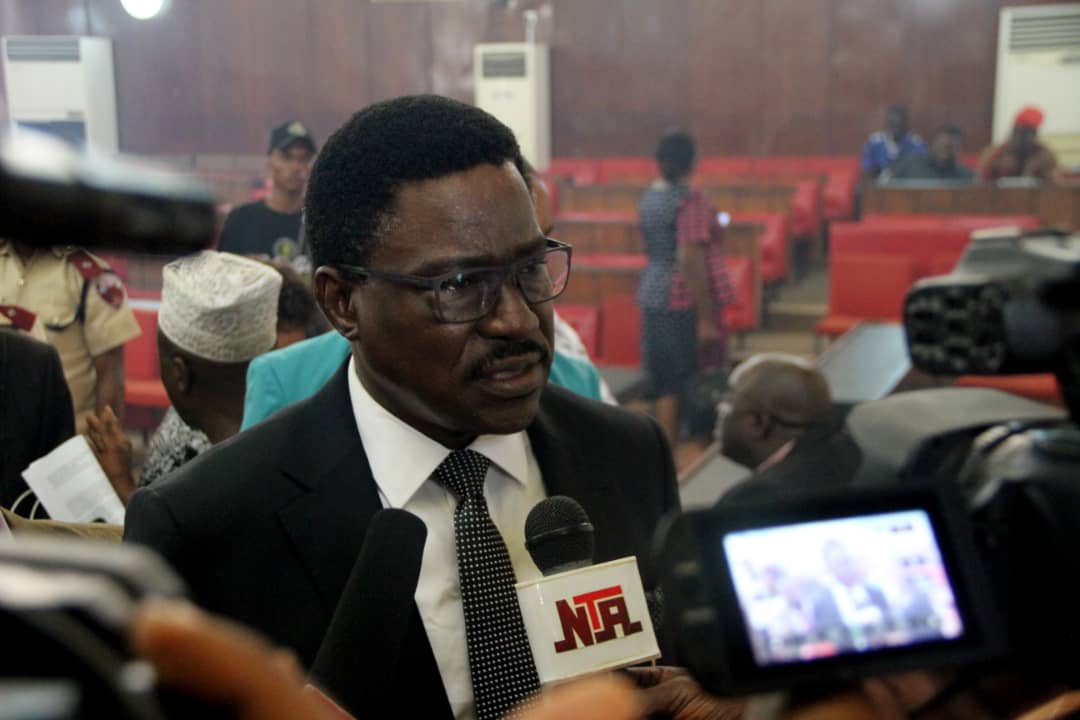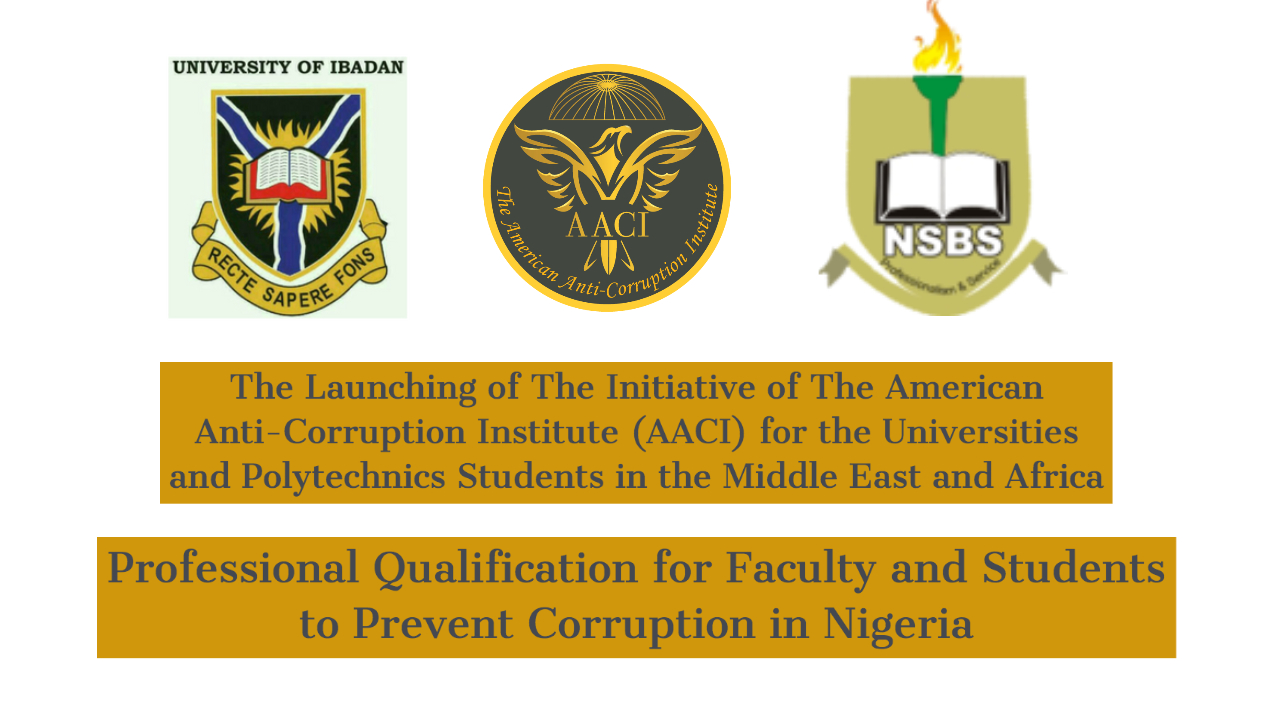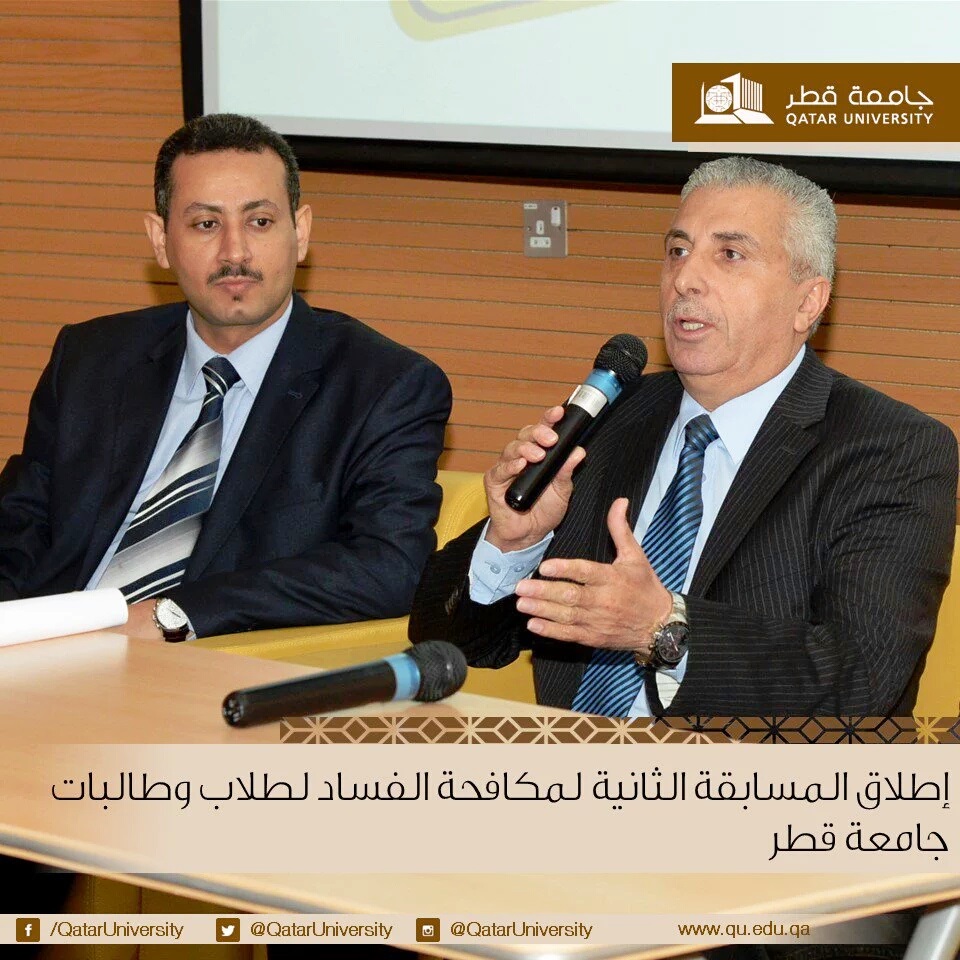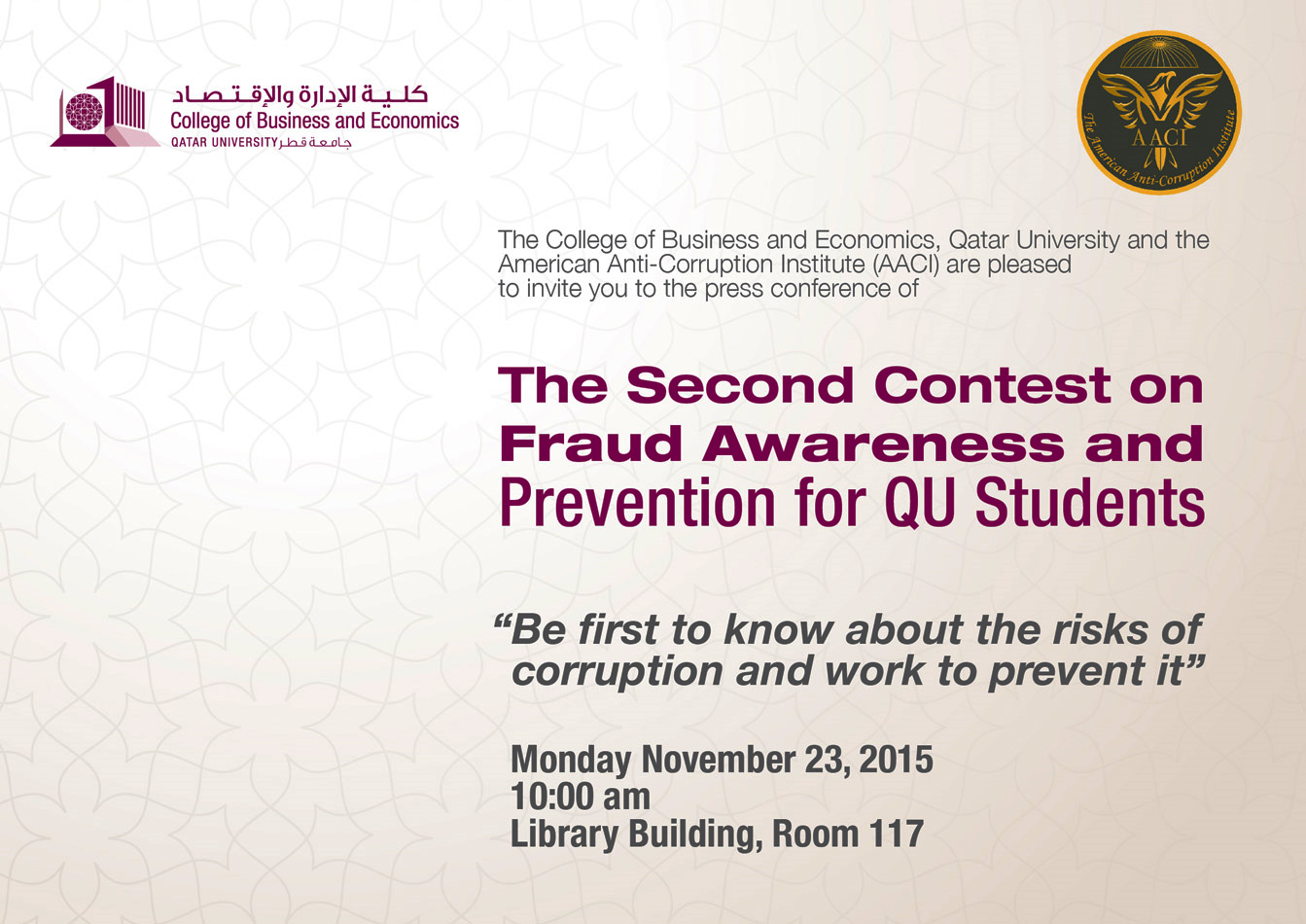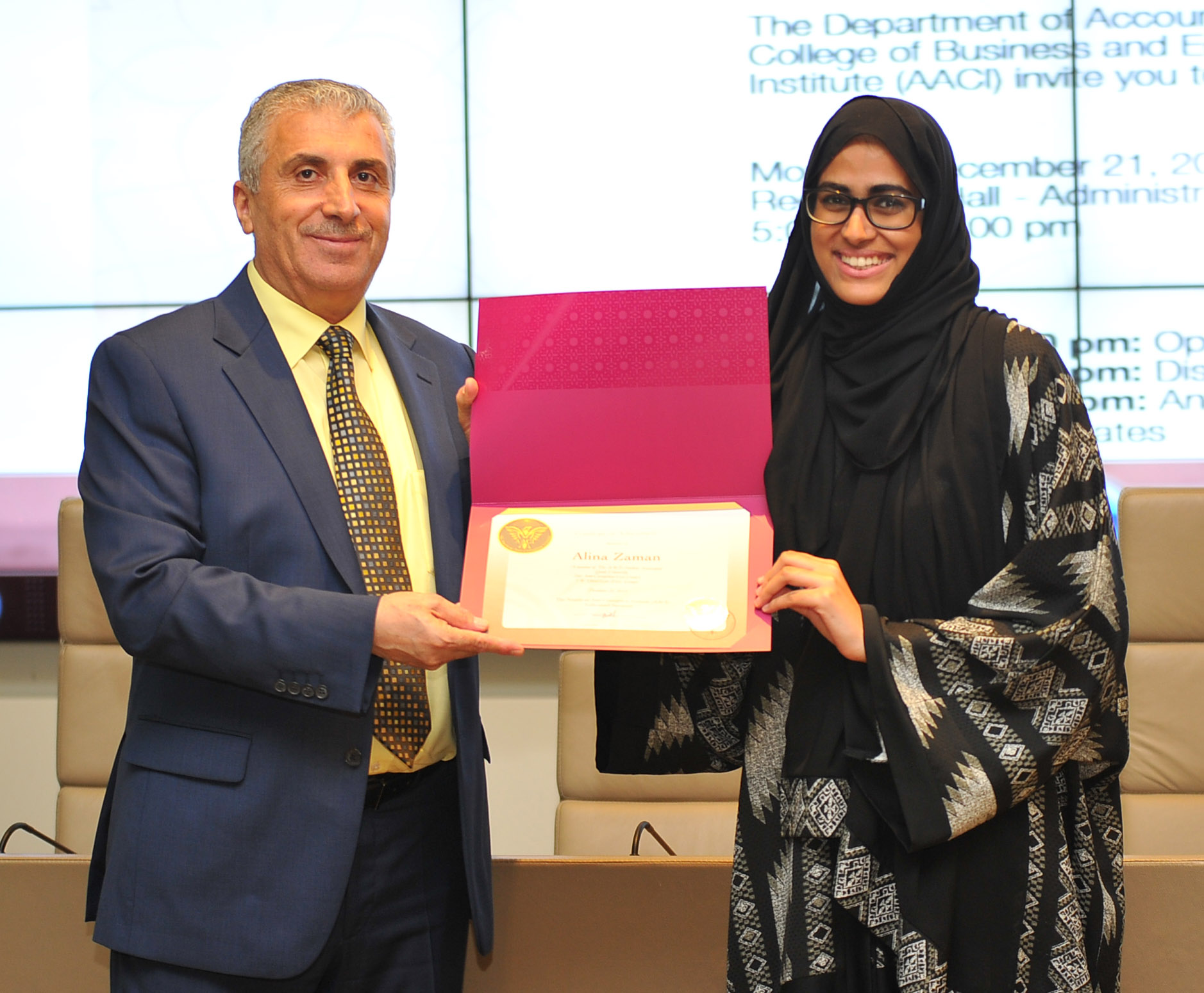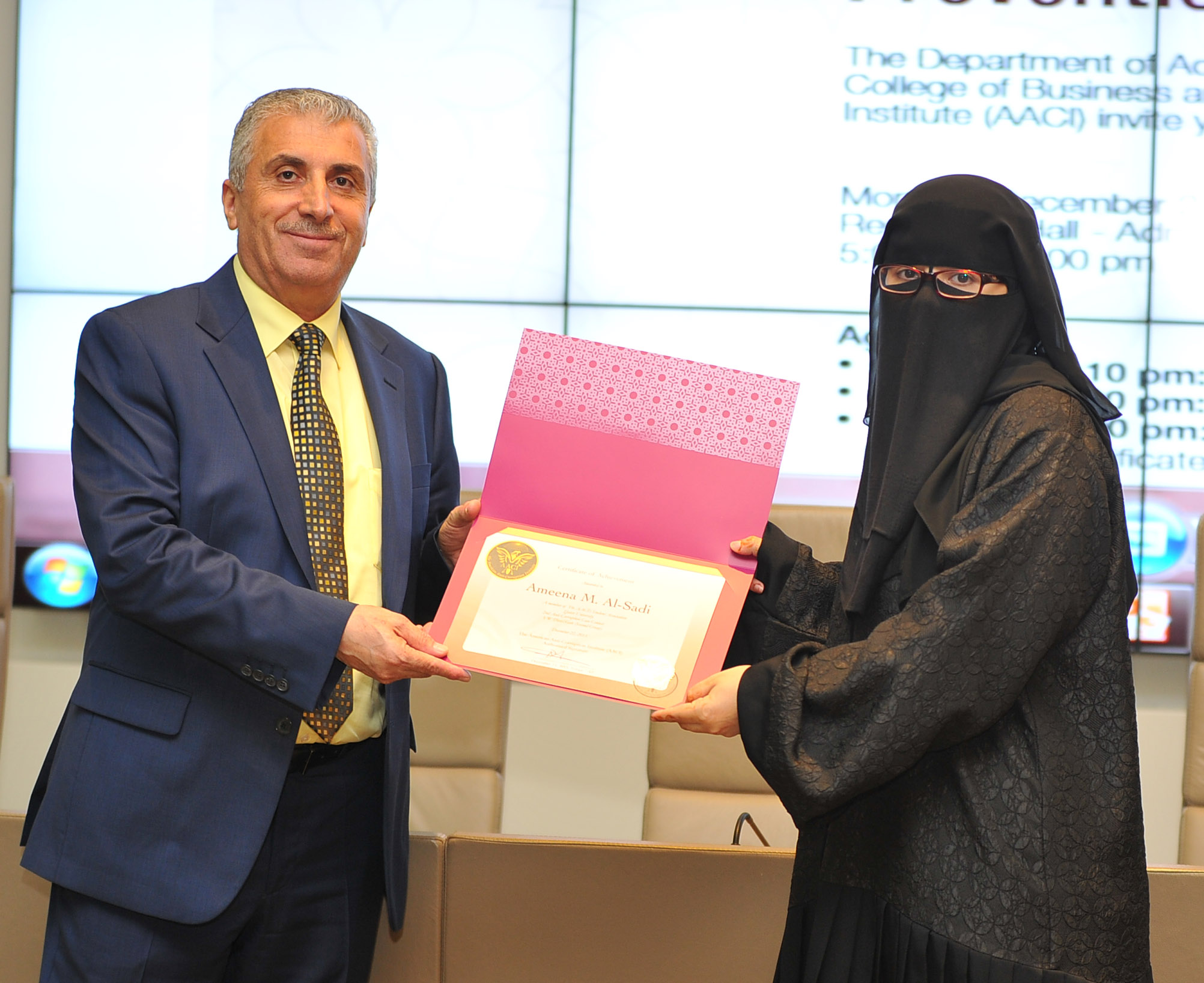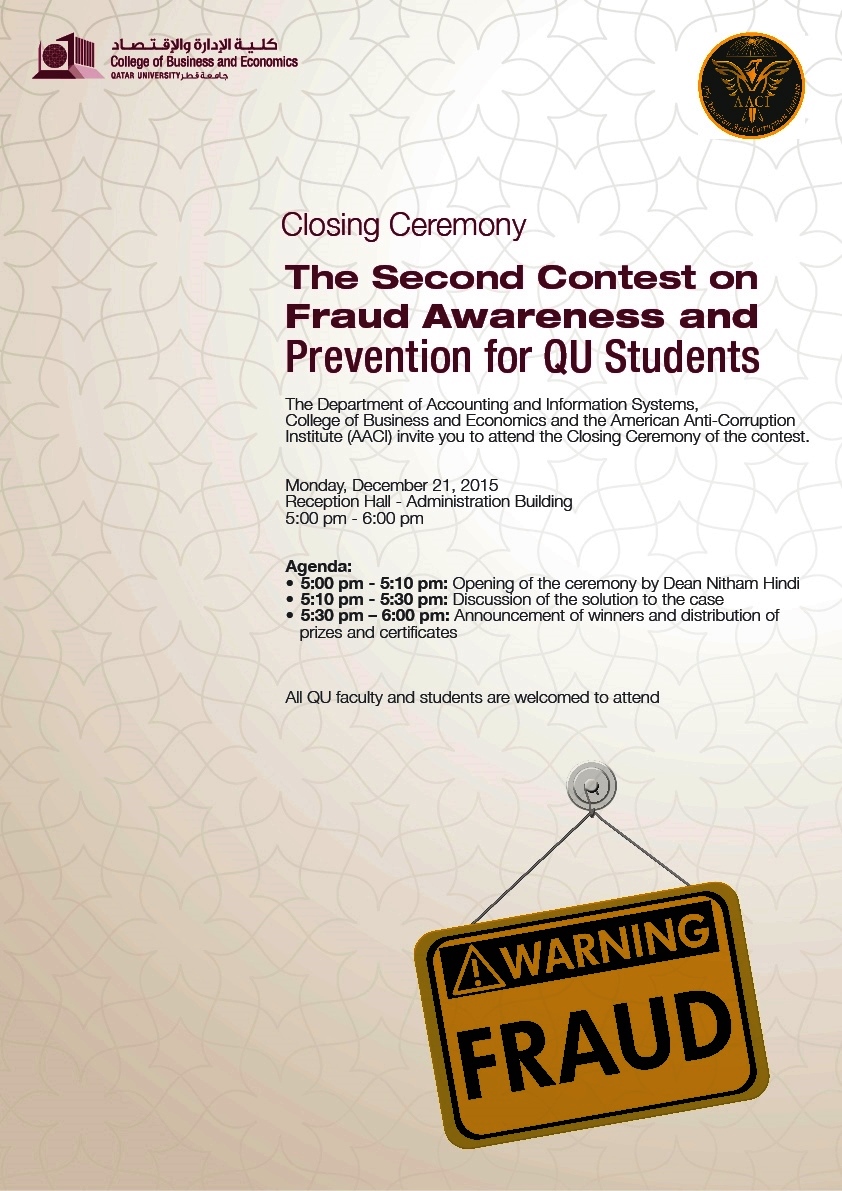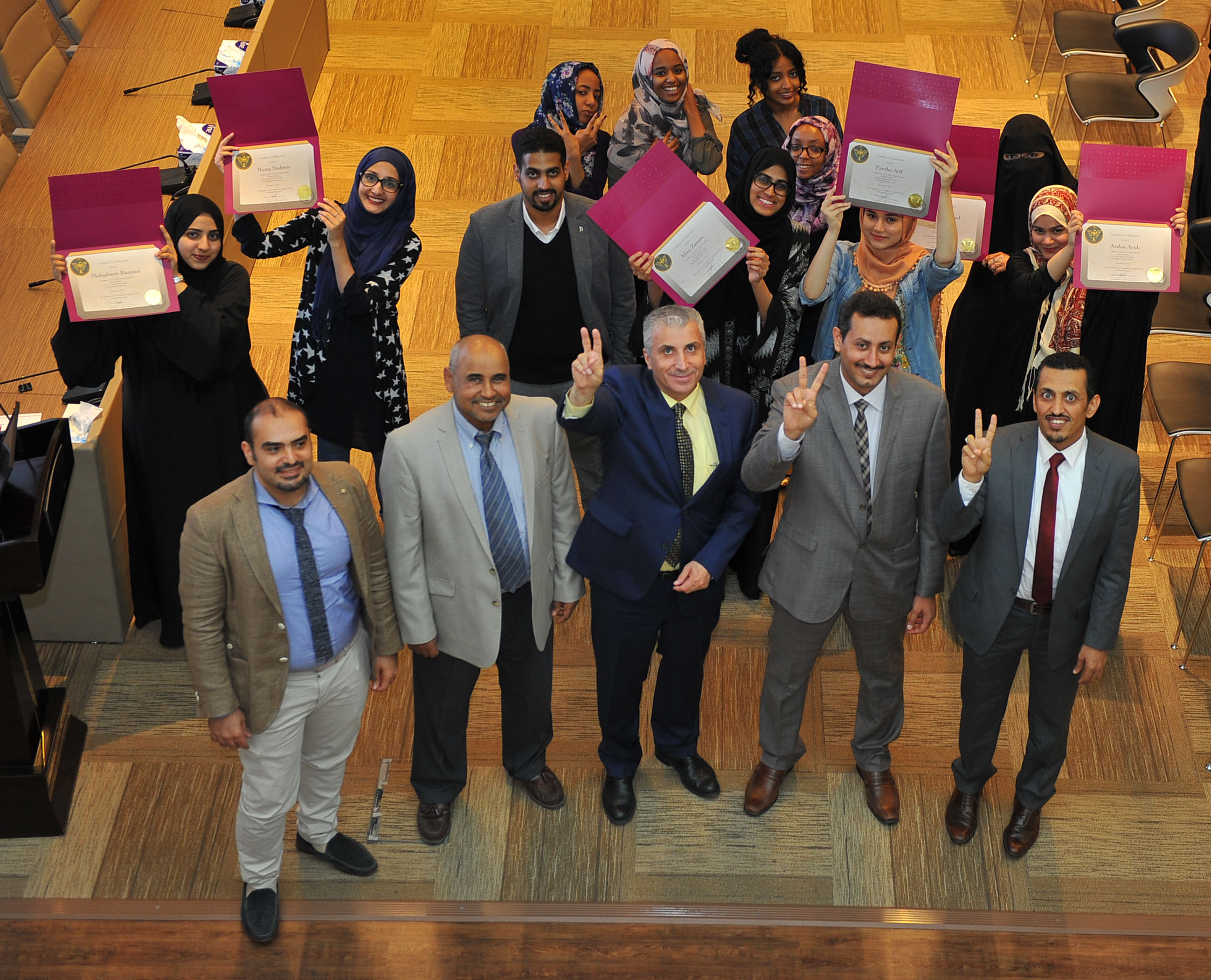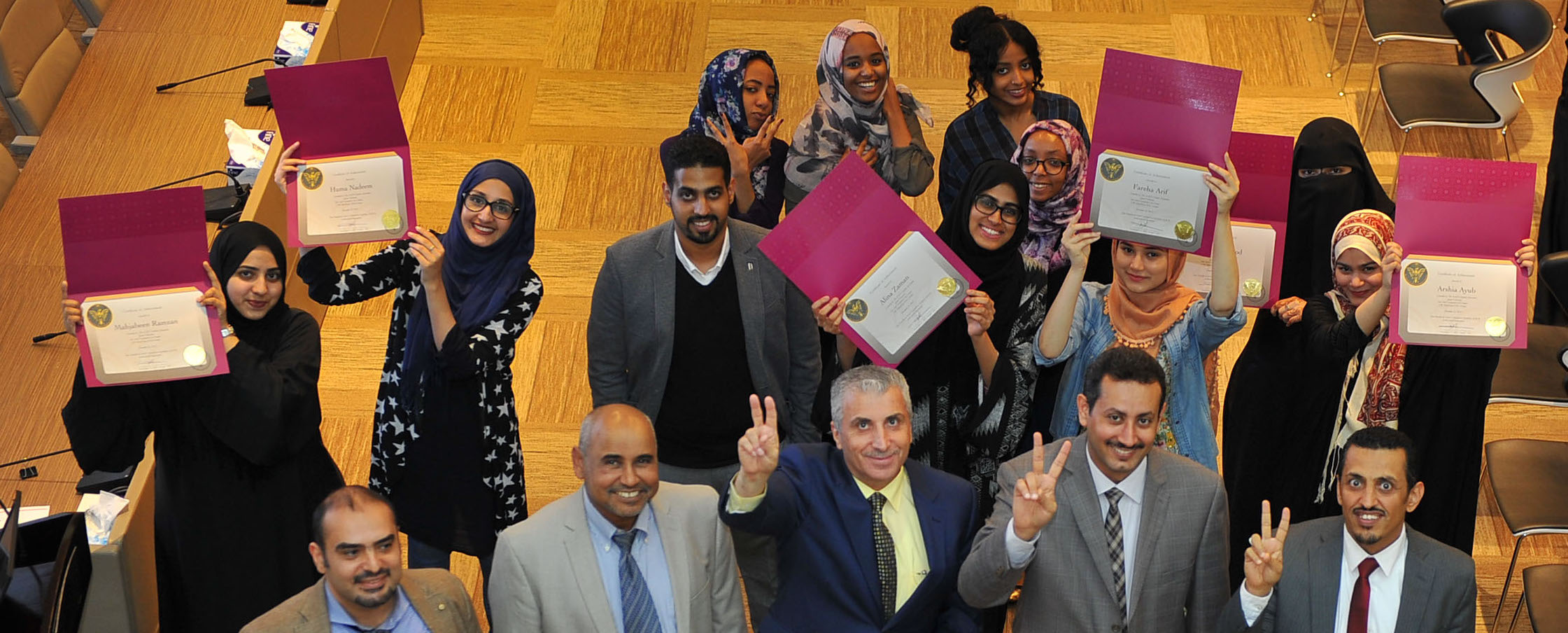a speculative interview on transparency, oversight, and institutional safeguards
September 2, 2025
Interview Series: Integrity in Leadership

by The American Anti-Corruption Institute (AACI)
Introduction
Integrity in leadership is often discussed, but rarely examined through the lens of what actually protects leaders from corruption risks. Too often, as we explored in the September issue of The AACI Dispatch (The Illusion of Integrity), anti-corruption becomes a campaign slogan rather than a sustainable system.
To contrast with those failures, The AACI sat down for an extended fictionalized interview with a former head of state who served two full terms without being implicated in fraud or corruption.
This is not a profile of any real person. It is a constructed case study designed to capture the principles, practices, and safeguards that leaders must apply if they want to leave office with their integrity intact.
In this three-part series, we explore not only what this President did, but also what institutions, businesses, and societies must do if they are serious about systemic corruption prevention.
Series Overview
Part I — Protecting Leadership Integrity
We begin by examining the fundamentals of leadership integrity: surrounding oneself with competent, independent advisors, dismantling the “circle of silence,” making transparency routine, and ensuring that systems outlast the leader.
Part II — Building Corruption-Resilient Institutions
In the second part, the President reflects on how fraud and corruption can be reduced at scale. He emphasizes that fighting corruption is not a slogan but a holistic, continuous, results-oriented, and multidisciplinary process that must cover all sectors — public, private, and non-profit.
Key themes include the primacy of preventive measures over reactive enforcement, the alignment between power and accountability, and the critical importance of an independent and competent judiciary as the foundation of sustainable accountability.
Part III — The Future of Integrity
In the final part of this series, the President looks forward to the next frontier of integrity. He emphasizes the indispensable role of universities in the fight against corruption. It is impossible to expect meaningful results if higher education does not embed anti-corruption programs — both academic and professional — and mobilize students to lead integrity initiatives in their communities. Universities must become hubs of prevention, awareness, and innovation in governance.
He also underscores the rule of law as a non-negotiable pillar. During his presidency, each minister was required annually to estimate the level of corruption within their ministry, provide detailed reasoning and analysis, and revisit those estimates the following year to explain three areas that had improved or worsened. This practice created accountability cycles that made corruption measurable, not rhetorical.
Finally, he reaffirms that nepotism was never tolerated in his leadership. Favoritism in appointments, contracts, or opportunities directly violates the rule of law and corrodes institutional trust. By rejecting nepotism, he sought to model fairness as a daily governance routine rather than an abstract principle.
Interview Series: Integrity in Leadership
Part I — Protecting Leadership Integrity
by: The American Anti-Corruption Institute (AACI), Tempe – Arizona
🔎 Disclosure
This is a fictionalized interview created by The AACI for educational purposes. The character of the President is not based on any specific individual. It is designed to illustrate principles of governance, accountability, and corruption prevention in line with The AACI Ten Principles of Fighting Corruption and the Standards on Fighting Corruption (SFCs).
Videos for this section are available on the AACI YouTube channel (https://www.youtube.com/@MyAACI) in Arabic, French, Spanish, and Portuguese.
The AACI:
In our September Dispatch, we examined “The Illusion of Integrity” — how anti-corruption promises can collapse when they are more performance than practice. You, however, completed two terms in office without being implicated in fraud or corruption. What protected you from that trap?
Former President:
It wasn’t about protecting myself. It was about protecting the office and the people’s trust in it. From the first day, I made a decision: I would not be the only guardian of integrity. I surrounded myself with advisors who had reputations for independence, competence, and high integrity — not loyalty.
The most dangerous thing a head of state can do is build a circle of silence — people who agree because they fear displeasing the leader. I insisted on the opposite. I told my ministers and advisors: “If you cannot tell me when I am wrong, you cannot serve.”
The AACI:
What criteria did you use to select those closest to you? And how did you handle the risk that even people of integrity might be pressured or tempted?
Former President:
We required asset declarations for all senior officials, and those were audited annually. In addition, I rotated advisory roles every three years. Integrity is not just about good character; it’s about creating structures that make abuse harder. Even trusted individuals must work inside systems that check them.
The AACI:
Many leaders claim they want honest advisors, but in practice, those advisors often self-censor. How did you prevent silence in your cabinet?
Former President:
We changed the culture deliberately. In cabinet meetings, I would sometimes present an idea I didn’t believe in — just to see if anyone would challenge me. If silence followed, I knew we had a problem. Integrity at the top is not just about rules; it’s about encouraging courage.
The AACI:
You mentioned transparency. Can you share an example of how that principle worked in practice?
Former President:
Yes. Every major infrastructure tender was published online within 48 hours of approval. The full contracts — not summaries — were accessible to the public and audit institutions. This discouraged shortcuts because everyone knew decisions would face immediate scrutiny. Transparency was not optional; it was routine.
The AACI:
You’ve said personal honesty is never enough. How did you ensure integrity would outlive your presidency?
Former President:
We created independent bodies with fixed terms of office, like a procurement board whose members could not be dismissed by the President. My goal was to make the system resilient even to a leader who might not share my values. If integrity depends only on one person, it is fragile.
The AACI:
So your message is that leadership integrity is systemic, not individual?
Former President:
Exactly. Leaders come and go. Systems remain. If you want clean governance, you must design institutions where honesty is not an exception but the default.
📌 In Part II of this series, we will ask the President about lowering corruption risk across institutions and why an independent, competent judiciary is the backbone of accountability.
